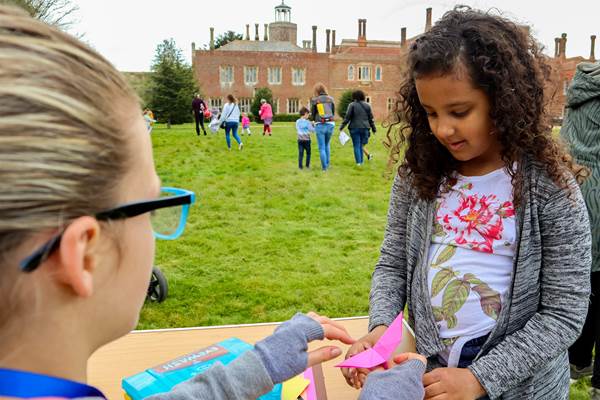A Timeline of St. Osyth Priory
7th Century
Anglo-Saxon
Osyth’s exploits inspired Augustinian monks to found the Priory hundreds of years later in her honour. Her story was so compelling that the monks found they profited from the many, many pilgrims and benefactors who donated generously with the hope they would earn spiritual redemption and salvation. Osyth’s renown was significant and, while we cannot be certain of the scope of her influence, archaeological evidence from Lindisfarne Priory in the North East shows that her name and miracles were known throughout England during the Anglo Saxon period and beyond.
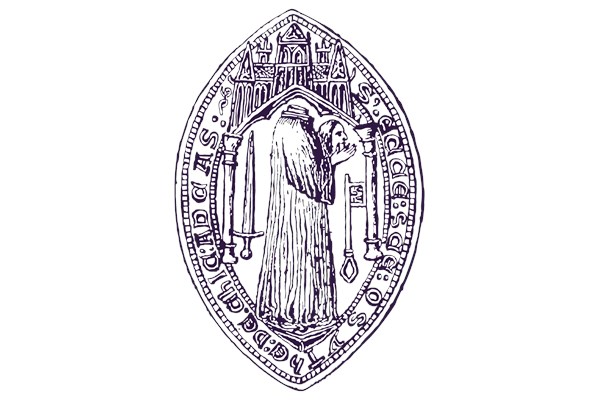
Viking Raid
Vikings Inguar and Hubba landed in Essex and confronted Osyth, by then a young Abbess at the nunnery within the Priory Estate. The Vikings commanded her to worship their gods and when Osyth steadfastly refused her head was severed from her body. Legend has it that a spring bubbled up from the spot and that Osyth then carried her head to the door of the nunnery to say goodbye to her sisters. This moment of high drama and confrontation is the focus of our Vikings v. Anglo Saxons programme.
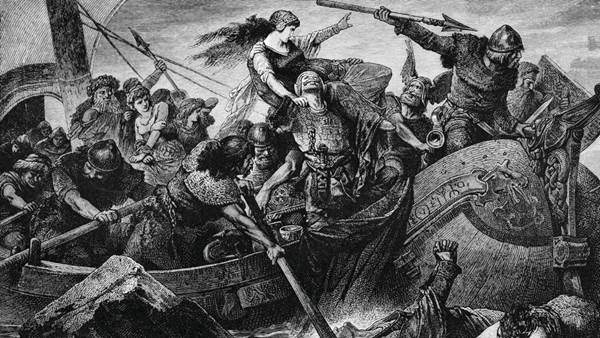
1120 - 1537
Medieval Monks
St Osyth Priory was founded in around 1120, and remained a home for the Augustinian monks for about 80 years. It was raised to the rank of Abbey and became one of the great Augustinian Abbeys of Europe until it was dissolved in 1537. At the height of its power it was the third wealthiest monastic centre in England and boasted the third largest gatehouse in Europe. During this period St Osyth Priory performed an important social function handing out alms, providing education, and as a medical centre for the local population. It is this aspect of the Priory which inspires our Medieval Medicine education programme.
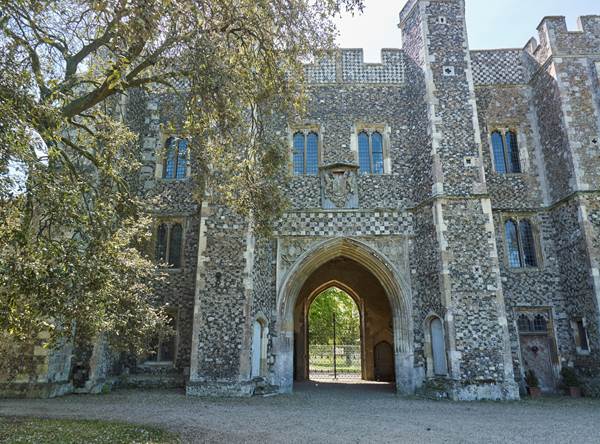
1536
Tudor Turmoil
The dissolution of the monasteries was ordered by King Henry VIII in 1536 and was the single largest transfer of wealth in English history since the Norman Conquest in 1066. During this period the Priory’s elaborate and ornate medieval Abbot’s lodging and gatehouse should have been torn down by the King’s men along with hundreds of other monastic buildings around England. Instead the Priory found itself at the centre of a feud between competing court favourites, Sir Thomas Cromwell and Sir Thomas Audley who both wanted the valuable estate. Cromwell won out but the Priory was only in his possession for exactly one year before he fell from favour and was sentenced to death by the King.
Further turmoil ensued with the Estate eventually being passed to the Darcy family who set about converting the monastic centre into a country seat, beginning with the splendid Darcy House. The Priory’s role in these important national events is explored further in our Tudors: Wealth, Greed, Scandal And Power programme.
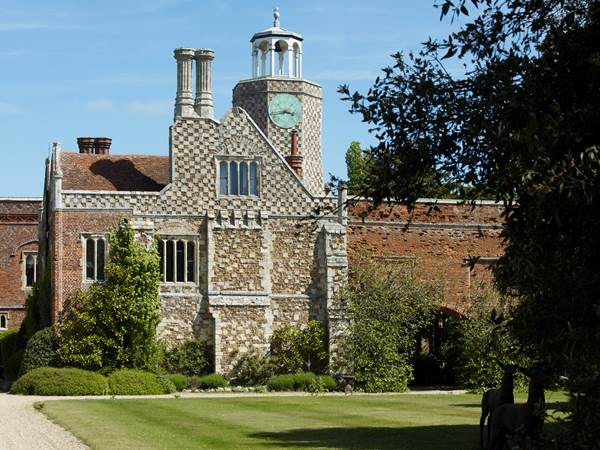
1642
English Civil War
When war broke out in England the owner of St Osyth Priory, Elizabeth, Viscountess Savage The Countess Rivers was close to the crown. She had served as a Lady of the Bedchamber to Queen Henrietta Maria the wife of King Charles 1st and her Royalist credentials were clear to all. As a result she had to flee for her life in the face of an angry mob of parliamentarians who ransacked and burned her home, leaving it in disrepair for decades to follow. Her life story is one of many inspiring female figures we examine during our International Women’s Day programme.

1712
Rivers and Rochfords
Now established as a grand country house, St Osyth Priory Estate was passed down the Rivers line by the Third Lord Darcy, who was created Earl Rivers in 1626. It remained in the family until 1712 becoming the fourth largest house in England with expansions and additions during this time including the Darcy Tower.
In 1712 the estate passed to Frederic Zuleistein de Nassau, the 3rd Earl of Rochford, who also expanded Darcy House by adding westward onto the Medieval Bishop’s Lodging to create a series of entertaining rooms and an oval carriage sweep. His successors remodelled and landscaped the grounds including the introduction of the ha-ha near the deer park. Despite the modernisation and remodelling of the estate it fell into disrepair after the death of William Nassau in 1857 and two thirds of Rochford’s house was demolished.

1863
Victorian Splendour
Salvation for St Osyth Priory came in the form of a Victorian corn merchant, Sir John Johnson, who bought the Estate at auction in 1863. He spent considerable funds to restore and improve the Priory, including the addition of a formal rose garden, the conversion of the monks’ dormitory into a chapel and re-establishing the splendour of the rooms within Darcy House.
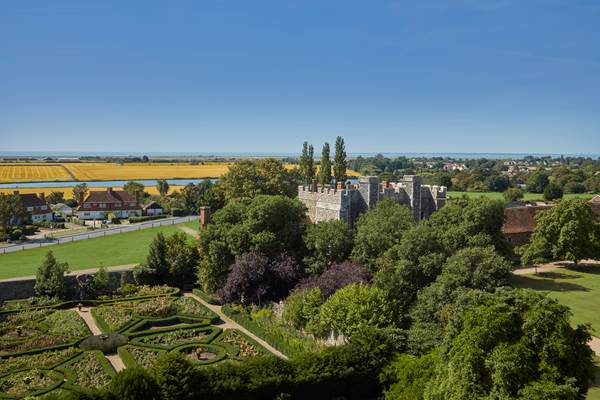
1954
Highs and Lows
MP and writer Somerset Struben de Chair purchased the Estate in 1954. During his time the Estate enjoyed mixed fortunes. Highs included the memorable moment treasures from the Wentworth Woodhouse art collection, owned by his fourth wife Lady Juliet Wentworth-Fitzwilliam, were put on display at the Priory drawing 20,000 visitors. Sadly, however, the sale of mineral rights on the Estate resulted in large areas of gravel extraction damage within the historic parkland. Restoration of the Priory’s historic buildings was allowed to lapse during this time.
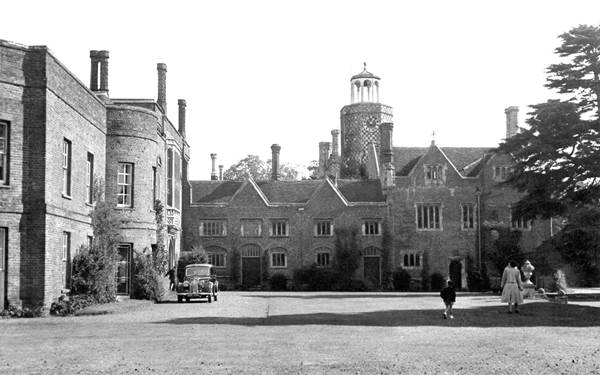
Today
A New Chapter
In 1999 the Sargeant family bought St Osyth Priory Estate. A charitable organisation, St Osyth Priory and Parish Trust, was founded in 2016 with the mission of helping to restore key buildings within the Estate and to open it up to the public once more. Privately, the Sargeant family have begun restoration projects on the Darcy House and the Medieval gatehouse and have undertaken an extensive project to rewild sections of the Estate damaged by gravel extraction. The restoration of habitat areas on the Estate and the positive environmental impact of this policy has inspired our Biodversity Day education programme.
